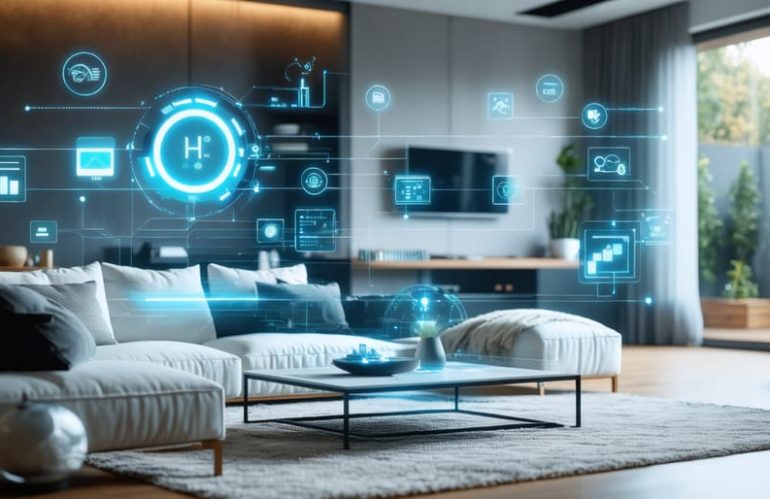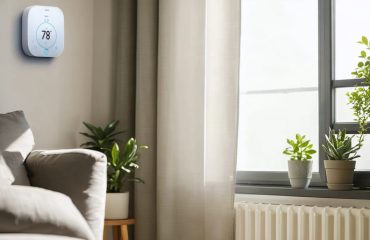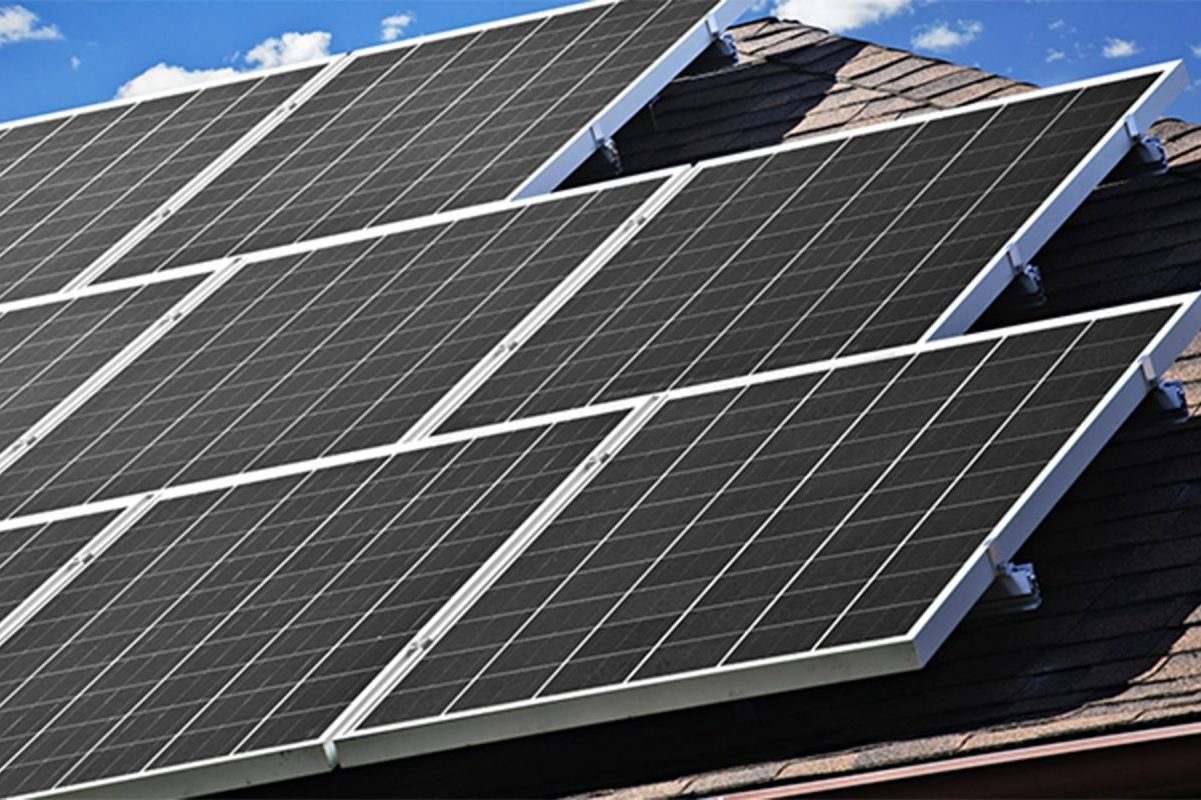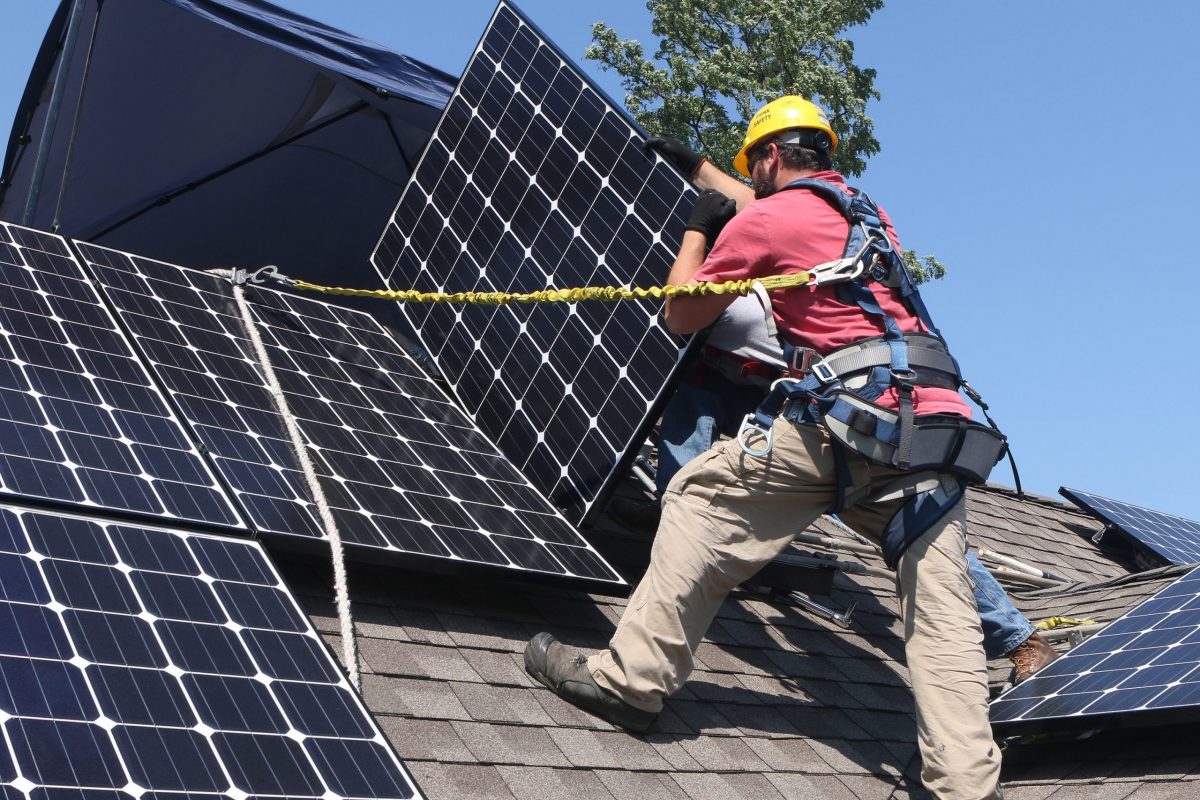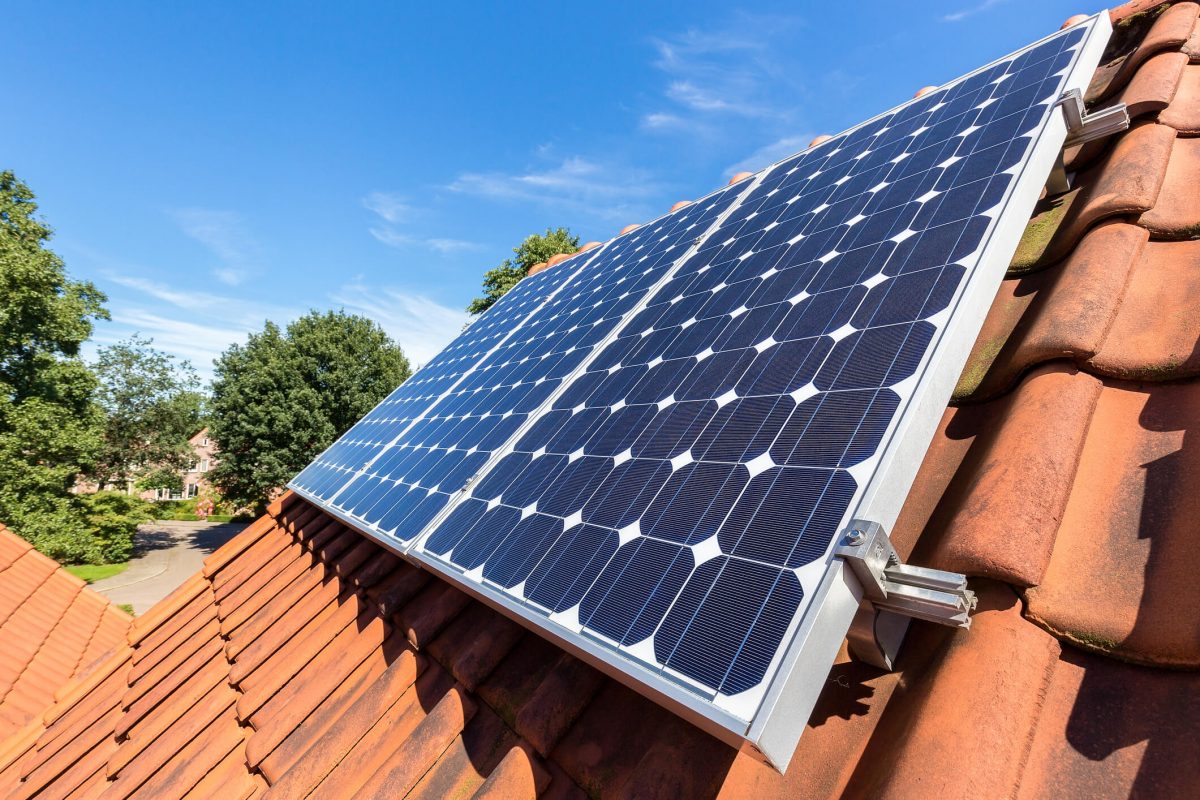Transform your home into an intelligent living space with smart home energy control systems that seamlessly integrate your devices, appliances, and security features into one centralized ecosystem. Modern smart homes leverage Wi-Fi-connected devices, automated routines, and artificial intelligence to enhance comfort, reduce energy consumption, and simplify daily tasks. Unlike traditional homes that require manual control of individual systems, smart homes anticipate your needs, automatically adjusting temperature, lighting, and security based on your preferences and schedule. Whether you’re looking to reduce your carbon footprint, lower utility bills, or simply enjoy the convenience of voice-controlled environments, smart home technology offers a practical solution for the modern homeowner. From smartphone-controlled thermostats to automated lighting systems and intelligent security cameras, these interconnected devices work together to create a more efficient, comfortable, and secure living space.
Core Components of a Smart Home Energy System
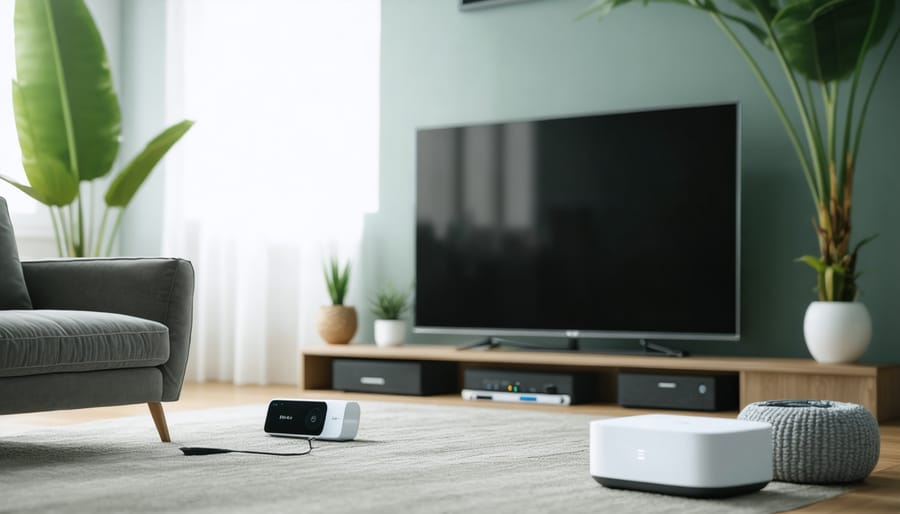
Smart Thermostats and Climate Control
Smart thermostats are the cornerstone of an energy-efficient home, offering intelligent climate control that learns from your preferences and daily routines. These devices automatically adjust temperature settings throughout the day, maintaining comfort while reducing energy waste. By connecting to your home’s Wi-Fi, smart thermostats enable remote control through smartphone apps and integrate seamlessly with other smart home components.
Modern smart thermostats can detect when you’re home or away, adjust settings based on weather forecasts, and even manage individual room temperatures through smart vents. Many models provide detailed energy consumption reports and suggestions for optimizing your HVAC usage. Some advanced systems can coordinate with your home’s solar panels or battery storage to maximize energy efficiency during peak rate periods.
The real magic happens when these devices work together with your entire home automation system, creating a truly responsive environment that balances comfort with energy savings.
Energy Monitoring Devices
Energy monitoring devices are the watchful eyes of your smart home, providing real-time insights into your household’s power consumption. These smart meters and sensors track electricity usage across different appliances and areas of your home, delivering detailed information straight to your smartphone or control hub. You can easily identify energy-hungry devices, spot unusual consumption patterns, and make informed decisions about your power usage.
Modern energy monitors can break down consumption by time of day, help you understand peak usage periods, and even suggest ways to reduce your bills. Some advanced systems can automatically adjust your home’s energy consumption based on utility rates or integrate with solar panels to optimize clean energy usage. With these devices, you’ll have the power to reduce both your carbon footprint and monthly expenses through data-driven decisions and automated energy management.
Smart Appliances and Fixtures
Smart appliances and fixtures are revolutionizing how we manage energy in our homes. These intelligent devices, from washing machines to refrigerators, can communicate with your home’s central system to optimize their performance and energy usage. Energy-efficient smart appliances can automatically run during off-peak hours when electricity rates are lower, while smart thermostats learn your preferences and adjust temperatures accordingly.
Smart lighting fixtures can detect occupancy and natural light levels, automatically dimming or brightening as needed. Connected water heaters can optimize heating schedules based on your usage patterns, and smart dishwashers can select the most efficient wash cycles. Many of these appliances also send real-time usage data to your smartphone, helping you track and reduce energy consumption.
The best part? These appliances can work together seamlessly, creating a more comfortable and energy-efficient home while reducing your monthly utility bills.
How Smart Home Systems Save Energy
Automated Energy Usage
Smart home systems revolutionize the way we manage energy by using advanced automation to optimize energy consumption patterns throughout your home. These intelligent systems use a network of sensors and smart devices to monitor your daily routines and automatically adjust energy usage accordingly.
For example, smart thermostats learn your temperature preferences and schedule, automatically adjusting heating and cooling to maintain comfort while minimizing energy waste. Motion sensors ensure lights turn off in empty rooms, while smart plugs can power down electronics during periods of inactivity.
The system can also respond to real-time factors like weather conditions and electricity rates. During peak rate periods, it might automatically reduce power consumption by adjusting your thermostat or delaying high-energy tasks like running the dishwasher. Some systems even integrate with solar panels to maximize the use of renewable energy when it’s most abundant.
This automated approach typically results in 10-30% energy savings for homeowners, making it an effective way to reduce both environmental impact and monthly utility bills while maintaining comfortable living conditions.
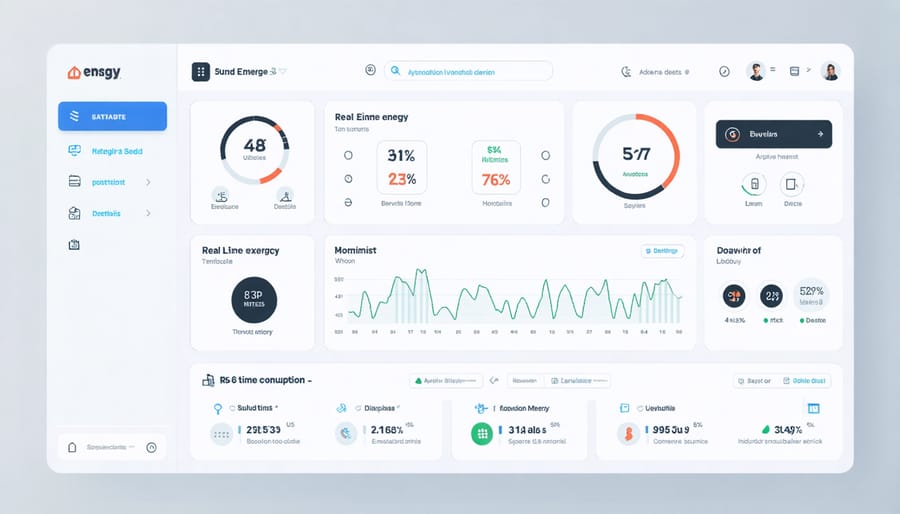
Real-time Usage Insights
Real-time energy monitoring is one of the most powerful features of smart home systems, giving you unprecedented control over your home’s energy consumption. Through user-friendly apps and dashboards, you can track exactly how much energy each appliance uses, when peak consumption occurs, and where you might be wasting power.
This instant feedback allows you to make informed decisions about your energy usage. For example, you might discover that your old refrigerator is consuming far more energy than you thought, or that your gaming console is drawing significant power even in standby mode. Armed with this knowledge, you can adjust your habits or upgrade to more efficient appliances.
Many smart home systems also provide personalized recommendations based on your usage patterns. They can suggest optimal thermostat settings, identify energy-draining devices, and even predict your monthly energy bills. Some systems go further by automatically adjusting your home’s energy consumption based on real-time electricity rates, helping you save money by shifting heavy usage to off-peak hours.
By monitoring and responding to this data, households typically see energy savings of 10-30% on their monthly bills while reducing their environmental impact.
Smart Solar Integration
Modern smart solar integration connects your home’s solar panels with intelligent monitoring systems to maximize energy production and usage. These systems automatically adjust your home’s energy consumption based on solar output, weather forecasts, and your daily routines. When sunshine is abundant, smart controls can automatically run energy-intensive appliances like washers and dishwashers. During cloudy periods or at night, the system switches to stored energy or grid power. Real-time monitoring apps show your energy production, consumption, and savings, helping you make informed decisions about your power usage. This intelligent coordination ensures you’re getting the most from your solar investment while reducing your carbon footprint and energy bills.
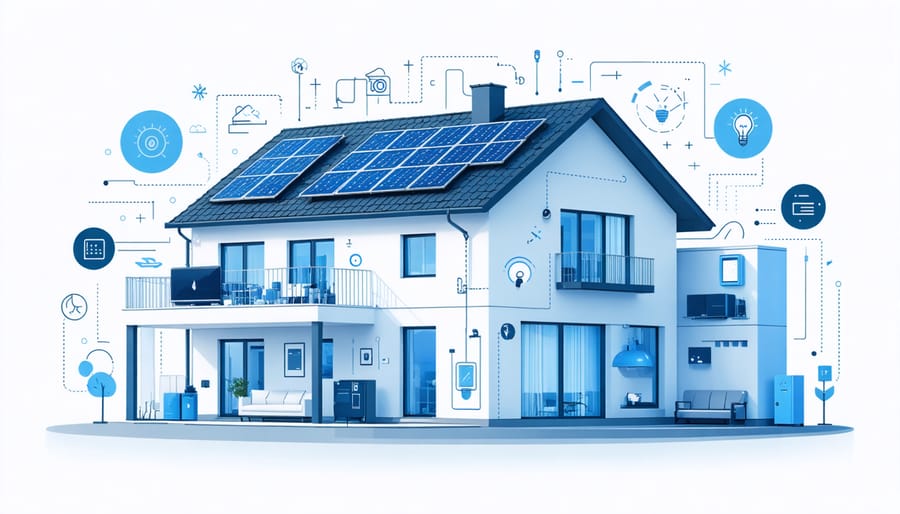
Setting Up Your Smart Home Energy System
Getting Started
Starting your smart home journey doesn’t have to be overwhelming. Begin by identifying your primary goals, whether it’s reducing energy consumption, enhancing security, or increasing comfort. Choose a reliable hub platform like Google Home, Amazon Alexa, or Apple HomeKit as your system’s foundation.
Start small with one or two smart devices in frequently used areas. A smart thermostat and a few smart bulbs are excellent entry points, allowing you to familiarize yourself with the technology while seeing immediate benefits. Ensure your home’s Wi-Fi network is strong and stable, as this forms the backbone of your smart home system.
Before purchasing devices, check their compatibility with your chosen hub and existing equipment. Consider creating a budget and implementation timeline, breaking down your smart home project into manageable phases. Many homeowners find success by focusing on one room or function at a time, gradually expanding their system as they become more comfortable with the technology.
Remember to regularly update your devices’ software and maintain strong security practices, such as using unique passwords and enabling two-factor authentication where available.
Choosing Compatible Devices
When building your smart home system, compatibility between devices is crucial for seamless operation. Start by choosing a primary ecosystem like Amazon Alexa, Google Home, or Apple HomeKit. This decision will guide your future device purchases and ensure everything works together smoothly.
Look for devices that clearly state their compatibility with your chosen platform. Many products now support multiple ecosystems, giving you more flexibility. Pay attention to wireless protocols like Wi-Fi, Zigbee, or Z-Wave – these determine how devices communicate with each other. While Wi-Fi is most common, Zigbee and Z-Wave devices often offer better reliability and use less power.
Consider getting a smart hub that can bridge different protocols and ecosystems. This allows you to mix and match devices while maintaining central control. Popular hubs like Samsung SmartThings or Hubitat can integrate various brands and protocols under one system.
Before purchasing any device, check its compatibility with your existing equipment. Read user reviews focusing on integration experiences, and look for products from established brands with good track records in software updates and customer support.
Remember that while cheaper alternatives might be tempting, investing in quality devices from reputable manufacturers often pays off through better reliability and longer-term support. Start with essential devices and expand your system gradually to ensure everything works as intended.
Future-Proofing Your Smart Home
As technology continues to advance, smart home systems are becoming increasingly adaptable and future-ready. Modern systems are designed with expandability in mind, allowing homeowners to add new devices and capabilities as their needs evolve. Cloud-based platforms ensure that your system stays current through regular software updates, introducing new features and enhanced security measures without requiring hardware replacements.
Energy management capabilities are particularly forward-thinking, with systems becoming more sophisticated in analyzing and optimizing power usage. Many platforms now incorporate machine learning to predict your household’s energy patterns and automatically adjust settings for maximum efficiency. This adaptive technology becomes especially valuable as energy costs fluctuate and environmental concerns grow.
Integration capabilities are also expanding, with newer systems designed to work seamlessly with emerging technologies like electric vehicle charging stations and battery storage systems. This interoperability ensures your smart home can evolve alongside your sustainable living goals.
To future-proof your smart home investment, consider systems that use widely adopted protocols and offer open platforms for third-party integration. Look for manufacturers with strong track records of software support and security updates. It’s also wise to choose systems that can accommodate renewable energy sources and have the flexibility to integrate with future energy management technologies.
Remember, the goal is to create a foundation that can grow and adapt with both technological advances and your changing needs, ensuring your smart home remains cutting-edge for years to come.
Smart home systems represent a significant step forward in creating more efficient, comfortable, and sustainable living spaces. By integrating various smart devices and automating your home’s essential functions, you can enjoy reduced energy bills, enhanced security, and greater convenience in your daily life. The investment in smart home technology pays off through long-term savings and increased property value, while contributing to environmental conservation efforts. Whether you start with a single smart thermostat or opt for a comprehensive home automation system, the benefits are clear and attainable. Take the first step toward a smarter, more efficient home today by exploring the options that best suit your lifestyle and budget. The future of home living is here, and it’s more accessible than ever.

